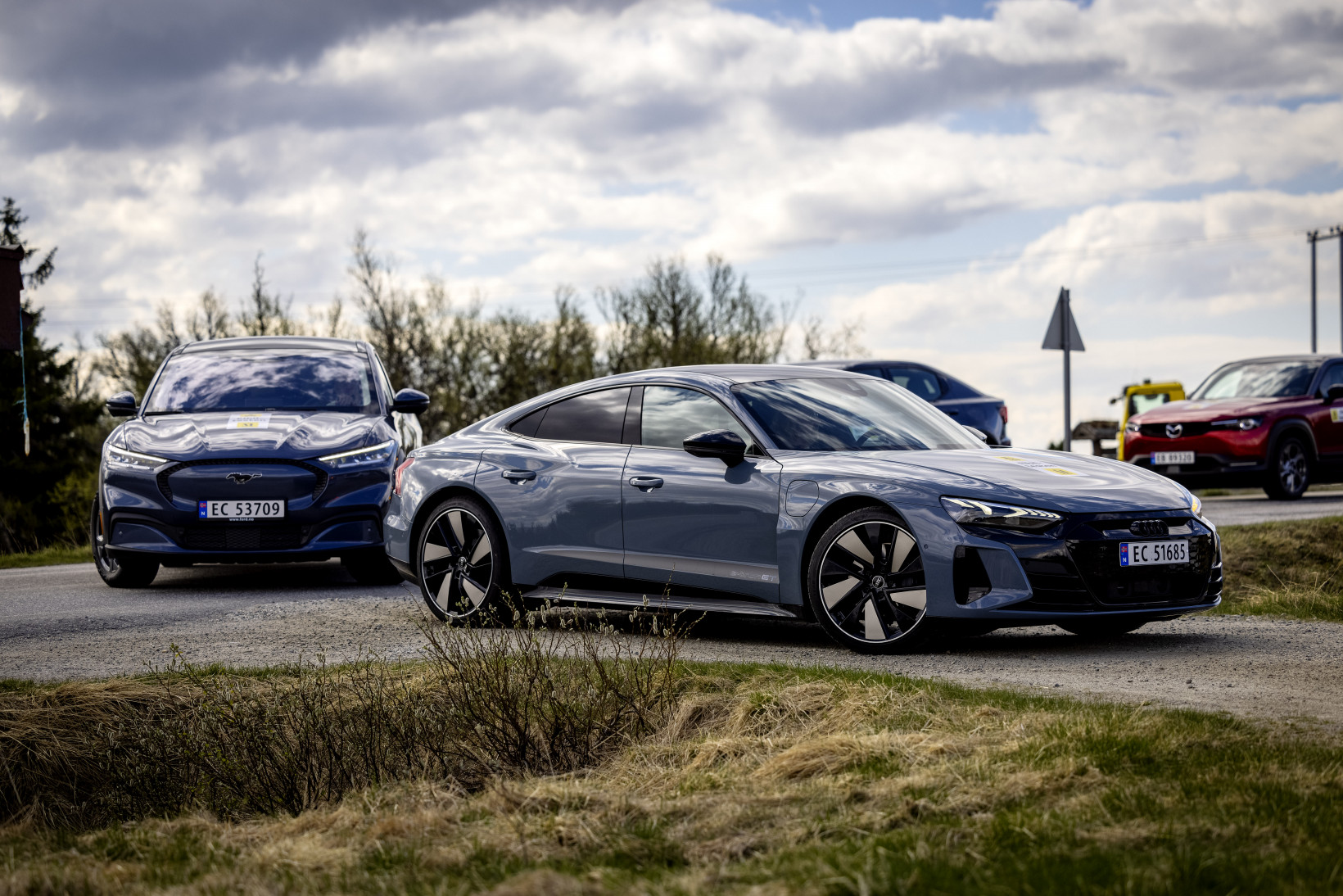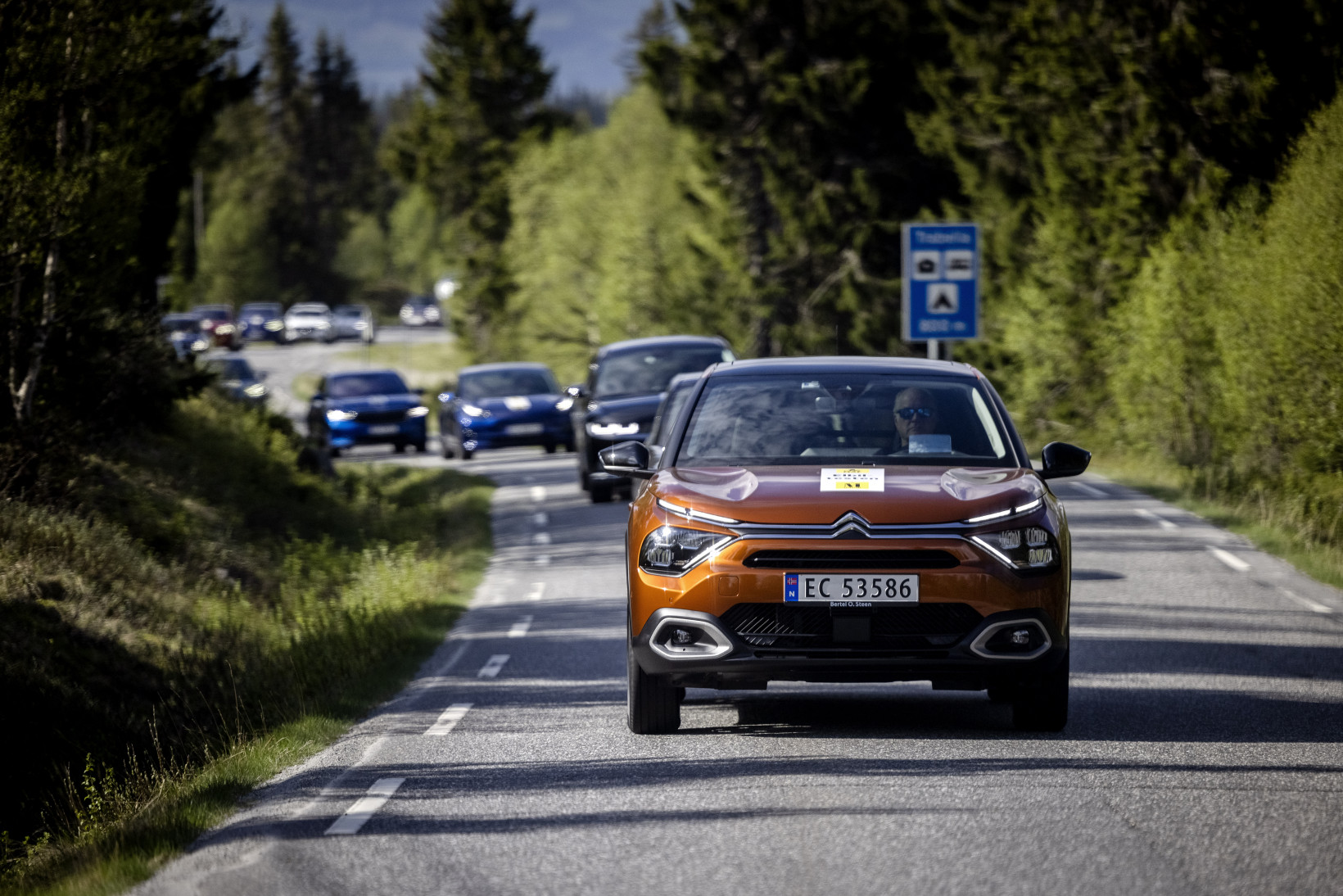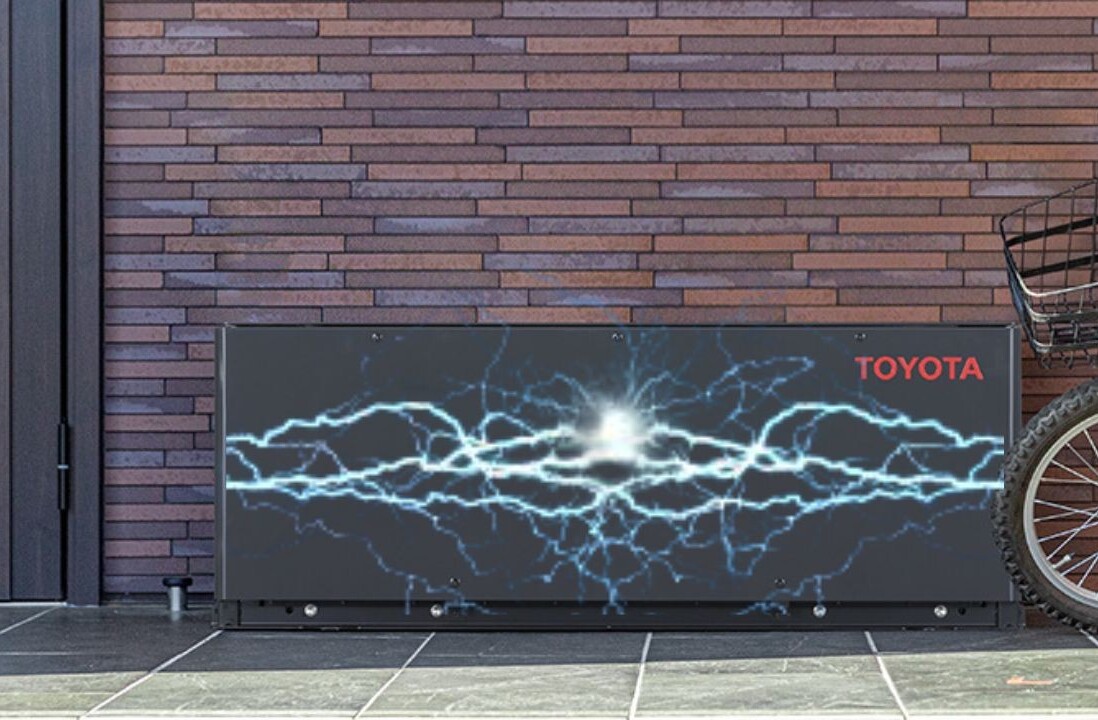
If you’ve ever shopped for an EV you will have almost certainly compared how far your vehicles of choice can drive on a single charge. Most manufacturers quote a WLTP range, which is calculated from a lab test and is intended to give an idea of how far the car can go on a single charge.
In reality, these WLTP figures can be quite far off the mark. If you’re serious about EV motoring, it pays to research what real-world range figures drivers report. Thankfully, those EV loving Norwegians have put a bunch of EVs through their paces on the open-roads, giving us an idea of how they hold up against their manufacturer quoted WLTP ranges.
Earlier today, Norway’s automobile association (NAF) released the results of its latest summer range test. It tested 19 new vehicles including the Ford Mustang Mach-e, the Honda e, the BMW iX3, and the Audi e-tron GT.
Tesla still the top dog
Lucky for you, I’ve done the heavy lifting and put the results in a BEAUTIFUL chart (that you can play with), so you can easily see how the EVs rank against each other. You. Are. Welcome.
In previous years, Tesla had an unassailable lead over other manufacturers. However, Ford’s Mustang Mach-e Long Range is taking the fight to the American car maker, and is doing a great job of it.
The Mach-e pulled up just 37 km short of the 2021 long range Tesla Model 3. Both these cars (along with the Model 3 from 2020) drove more than 600 km (370 miles) on a single full charge, making them part of an exclusive group of long distance electric drives.
A standout vehicle was the BMW iX3. It’s not BMW’s first EV, but it’s the first one that might actually entertain the masses, what with being an SUV and all. If its function and looks weren’t enough to convince drivers, perhaps its range will.
It has a WLTP quoted range of just 450 km, but in NAF’s test it drove 556 km before running out of charge. That’s a whopping 20% more range than quoted on the sales sheet. Perhaps BMW needs to put it through the WLTP test again.

The Audi e-Tron GT also surpassed its WLTP figure by nearly 15%, driving 528 km — that’s 60 km more than lab tests suggest.
The EV test
NAF admits this isn’t the most scientific test, but rather stands as an indication of how cars fare against WLTP quoted range figures. Now, WLTP tests are meant to be scientific, yet, as NAF’s test proves, there is no consistency between what an EV does in a lab and what it can do out on the road.
However, NAF does have some protocols it follows. It charges all cars to 100% the night before driving them. No cars are preheated, they start from cold, and all run in eco mode and use active braking regeneration. Ambient temperatures on the day were perfect, being around 20-25 degrees Celsius.

The test is run by ordinary drivers in normal traffic on a mix of city, country, and motorway roads. The route begins in Oslo and heads towards Gjøvik. The entire test fleet drives over Lygnasæter, a climb of 620 meters before heading north to Dombås.
This isn’t the first time NAF has tested EVs to see if they match manufacturer WLTP claims.
In last year’s test, NAF found that 29 EVs surpassed their WLTP range figures. Also, as with this year, Tesla topped the table for total real-world range with its Model 3 and Model S taking the top two spots.
Do EVs excite your electrons? Do ebikes get your wheels spinning? Do self-driving cars get you all charged up?
Then you need the weekly SHIFT newsletter in your life. Click here to sign up.
Get the TNW newsletter
Get the most important tech news in your inbox each week.





